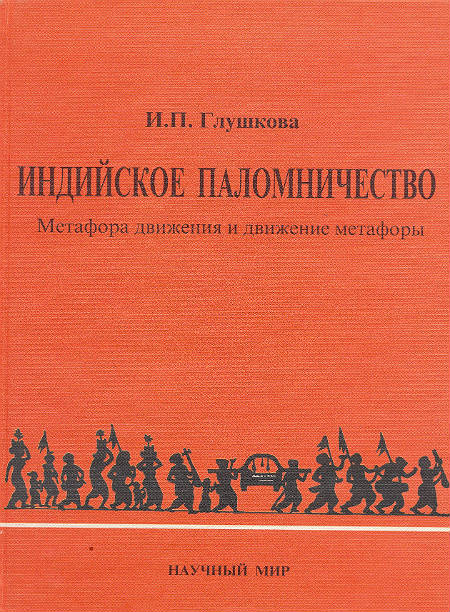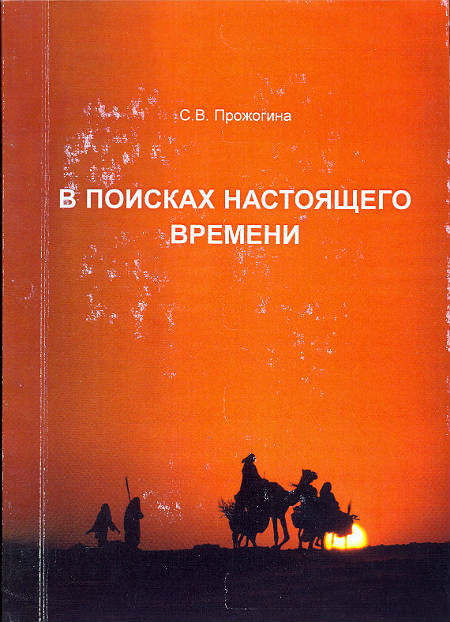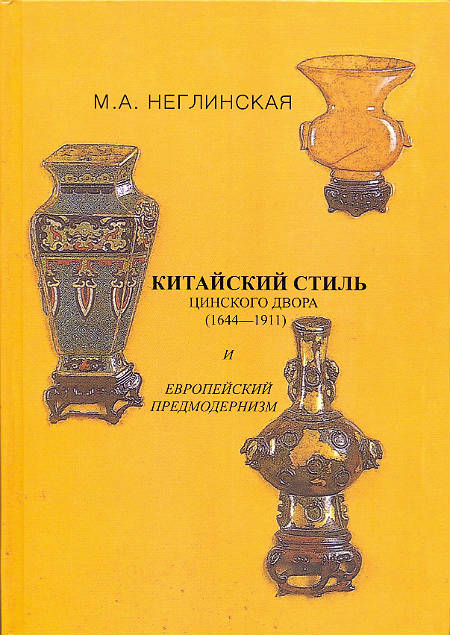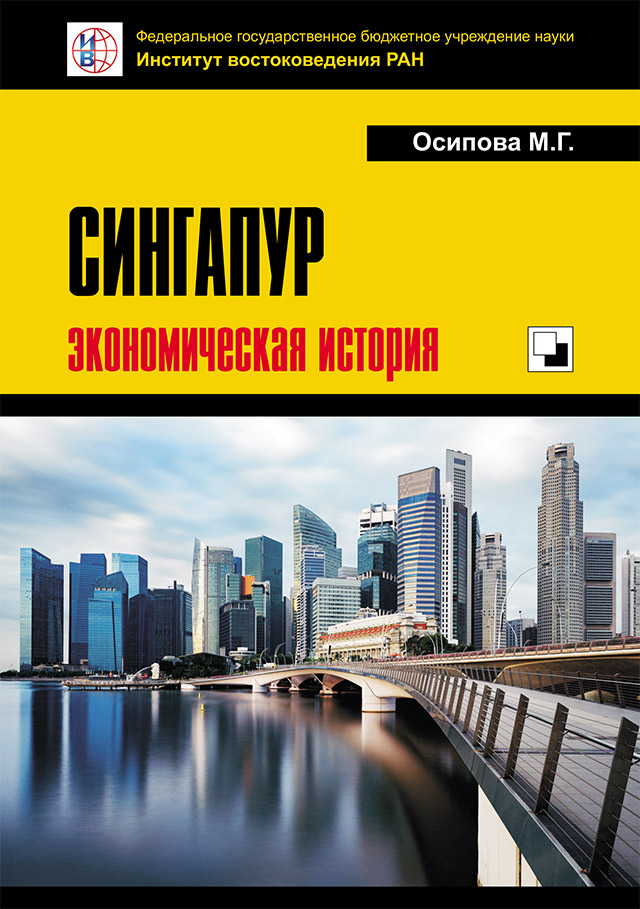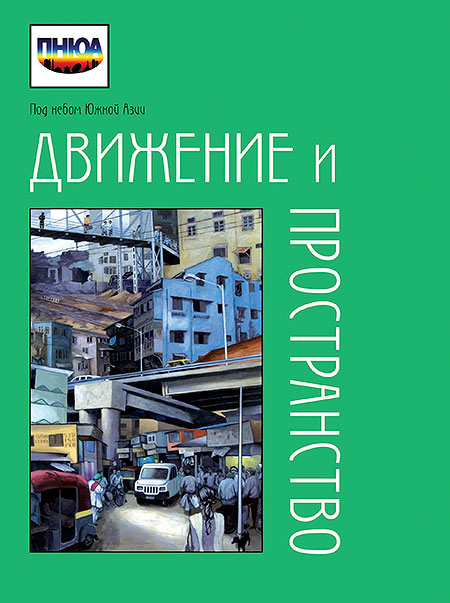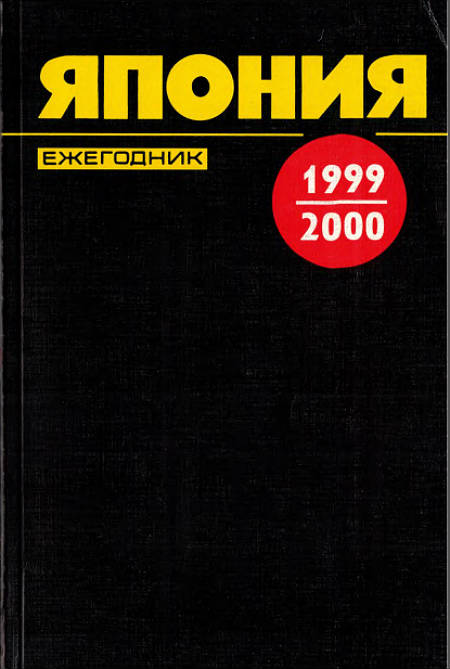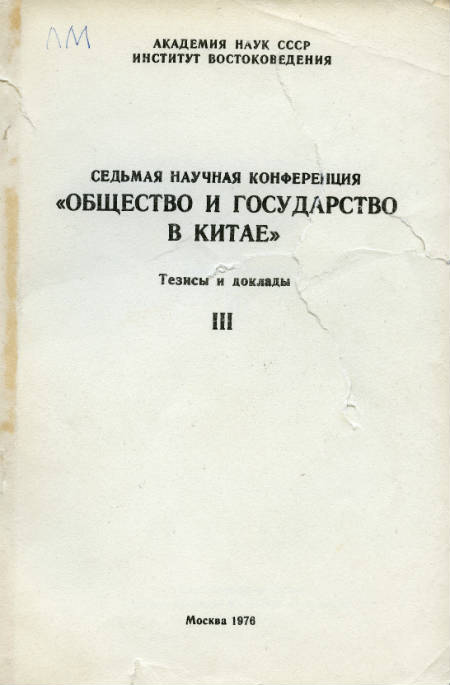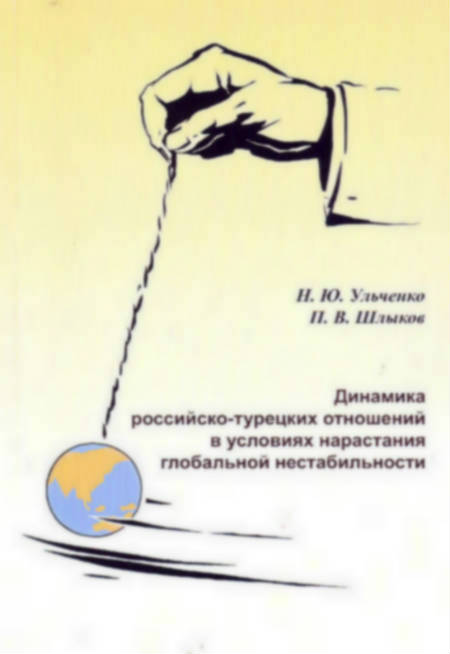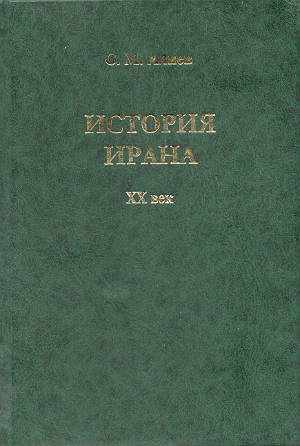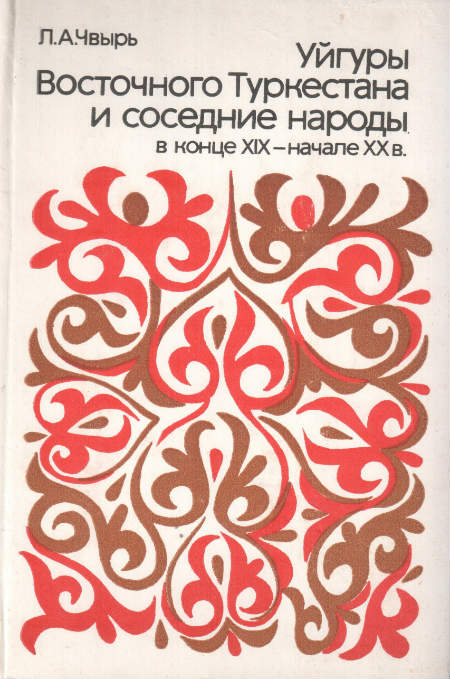Book
The Uighurs of Eastern Turkestan and Their Neighbours in Late 19-th and Early 20-th Centuries. Studies on their historical and cultural relations
Москва, 1990, 301 p.
The book deals with the traditional culture of the Uighurs and its contacts with the cultures of neighbour peoples in Central and Middle Asia as well as the Far East.
The author minutely surveys the sources used in the event, which are regrettably few and far between. As it happens, historical manuscripts from Eastern Turkestan in Uighur, Persian, and Chinese leave the period in question quite obscure. Futhermore, they are largely about the region’s political and economic contacts with peoples of adjacent territories rather than the cultural. Various documents from Soviet archives are also chiefly concerned with economic, including commercial, relations between Eastern Turkestan and Central Asia. The author therefore turned to the notes and diaries of a multitude of European and Russian travellers of the turn of the century. Comparison of prodigious though exceedingly patchy and often conflicting data on the various ethnic and local groups in each of the region’s oases, their interaction, and the economic patterns of the country in general and in the localities produced an integral overall picture.
This is researched in great detail in Chapter One, “The Ethno-Economic Make-Up of the People of Eastern Turkestan”. We learn that throughout the oases the pattern was for economic interchange between the settled farmers of the foothills, normally Uighurs and occasionally Dungans and Chinese, and semipastoral highlanders (in places Uighurs, or Kirghiz and Kazakh, or Mongols, or Persian – speaking groups). These two economic and cultural types complemented each other as it were, setting the whole pattern of domestic trade in Eastern Turkestan, which was also affected by ties with its neighbours. The study’s perspective, however, is cultural rather than economic, and it accordingly investigates the foremost types of Uighur economic and cultural lifestyles and contacts with the other ethnoses in the country. Thee were, it appears, three big areas – North-East, West, and South-East. Within each there was particulary intense economic and cultural interplay, even though their ethnic composition was quite diverse.
The subsequent chapters chiefly profited from various material mementoes rather that written data, though generally carrying on in the same vein. Much use was made of Soviet museum items like Uighur dress, headgear, footwear, jewelry, as well as plentiful graphic reproductions of the apparel of various oases. Detailed study and comparison of these singled out three basic local types, essentially endemic to each of the above three economic and cultural localities. Since the region was clearly dominated in numerical terms by the Uighurs down the ages until the mid-20th century, the cultural distinctions of the diverse local groups of them may be a good reason for zoning the whole of Eastern Turkestan into historico-cultural entities. The author sees these local variants of Uighur traditional culture as representing fragmentation of the Uighur ethnos at the turn of the 19th century. More data on the dialects and physical features of the Uighurs combined to produce a fairly coherent if rather tentative idea of the ethnos’ composition at the time.
The culture of any one people is much affected by its relations with the outside world, both past and present. Naturally the study extensively traces Uighur cultural ties with the neighbours and the part this Central Asian Turkic culture han among those of Eastern Asia at the turn of the century. The examination of traditional Uighur dress patently revealed Uighur cultural interaction with other peoples, while a parallel study of East Turkestan’s ethno-economic make-up perceptively explains the directions of these contacts – Middle Asian, Central Asian, and Far Eastern (Chinese-Manchu), the first clearly predominating.
The author’s dress comparison technique helped specify these three avenues of contact. The predominant Middle Asian one was noted both for its scope and diversity, ranging from superficial ties between individual local groups in Eastern Turkestan and Middle Asia to all of them forming a uniform cultural-historical entity fused by the ethnogenetic ancestral kinship of some Uighur and Middle Asian groups.
The other two avenues of contact were visible inferior both in intensity and diversity. Some fairly common similarities in the dress of the Uighur and their Turkic and Mongol neighbours point out, the study notes, intensely close if mainly past links between their cultures. Considering that at the time Eastern Turkestan was already part of the Chinese state, the sources indicate that Uighur cultural contacts with the native Chinese and Manchu were rather superficial though regular, which was vital for Uighur traditional culture.
On the whole, this culture of the turn of the century reflected a crossroads position between the vast Central Asian and Middle Asian cultures, and its contact with them was long and of varying intensity and direction. It was also naturally affected by the exalted culture of China and her recurrent political domination of Eastern Turkestan; nonetheless there was also some resistance to her cultural expansion. Futher study of the Uighur culture certainly holds out considerable promise.


